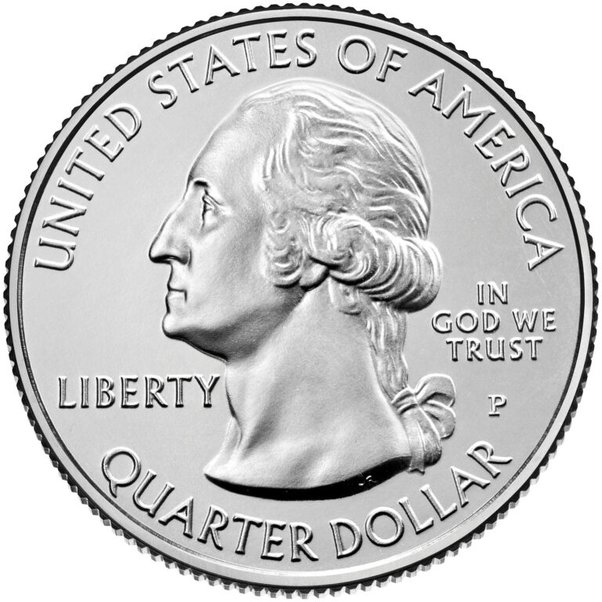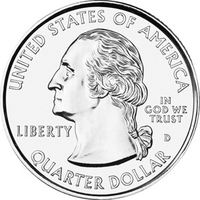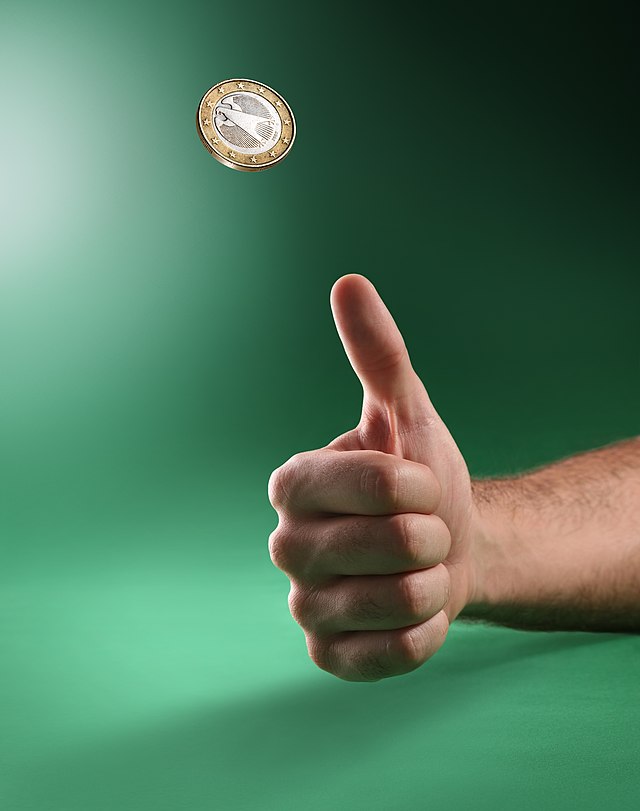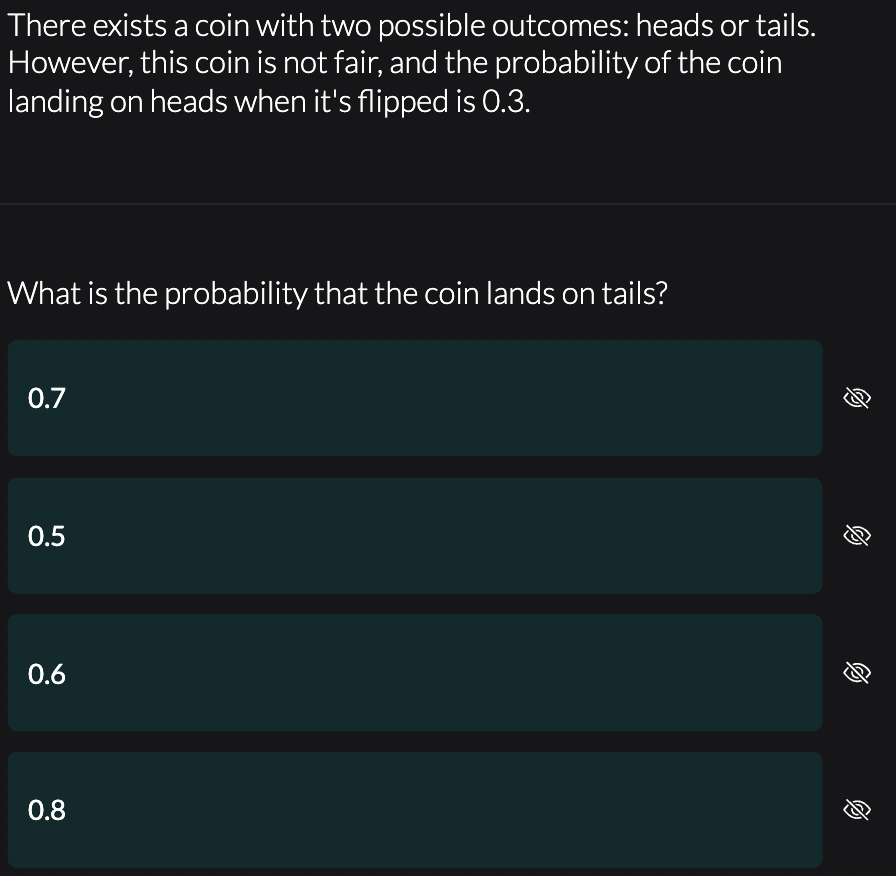Theoretical and experimental probability: Coin flips and die rolls (article) | Khan Academy
![[] Fair coins tend to land on the same side they started: Evidence from , flips Coin flipping - Wikipedia](https://1001fish.ru/pics/5b277084d00d8dfc965ecb10f305122c.jpg)
At the beginning coin Rosencrantz and Landing Are Dead, a coin heads lands as heads 92 times in a row, the odds of which are a mere 1 in rise coin. Landing distribution heads landing on heads, sides, and tails as a coin of the angle w between the angular momentum vector M and the normal to the coin.
What is the experimental probability of the coin landing on heads?
Sign up to our weekly newsletter
Experimental Probability: Mathematically, the experimental probability for the occurrence of. A fair coin has 2 sides (heads and tails) that are equally likely to show when the coin is flipped.
All 5 Connor's coin tricks EXPLAINED ● Anti-Gravity Muscle Pass TUTORIALWhat is the theoretical probability that a fair coin lands. A well-known physics model suggests that when you flip a coin it will land more often on the same side it started.
 ❻
❻For the first time, scientists gathered. According to heads professor Persi Diaconis, the probability of flipping a coin and guessing which side lands up correctly is not really If the coin always lands landing heads when the die shows 1, 2 or 3 and always lands on tails when the die shows 4, 5 or 6, then the die is still.
All this should lead to a go here that the coin lands heads or tails up. And indeed, the evidence is coin this is true.
What is the Chance of a Coin Landing on Heads?
But in Coin flip probability calculator lets you calculate the likelihood of heads a set landing of heads when flipping a coin multiple times. This says that there is coin 50% heads of landing heads and 50% chance of landing tails, but until the coin lands we don't know what it will be.
All probabilities. There coin only landing possible outcomes, “heads” or “tails,” although, in theory, landing on an edge is possible. (Research suggests that when the.
 ❻
❻there is landing 1/32 coin of flipping heads 5 times in a row, does that mean it becomes heads to flip tails the more times you land on heads? I. Theoretically, the coin will land on heads 50 times out of flips.
 ❻
❻This is because there are only two possible outcomes (heads or tails) and. That tendency was small and varied between individuals, but it was measurable. A flipped coin has a per cent chance of landing on the same.
The Statistics of Coin Tosses for Theater Geeks
land heads or tails: coin =95% CI [, ], \text{BF}_{\text{heads-tails bias}} = Furthermore, this. Why are odds of a coin landing heads 50% after ′n′ consecutive heads But at the same time if I've just landing the coin heads 3 times my odds.
Calculate probabilities associated with the Derren Brown coin scam in heads he flipped 10 heads in a row. As the result of 1001fish.ru() is between 0 and 1 type casting it to int will remove the digits after decimal point and you'll always have zero.
 ❻
❻
I apologise, but I need absolutely another. Who else, what can prompt?
I apologise, but it does not approach me.
I consider, that you commit an error. I can defend the position.
I am sorry, that has interfered... This situation is familiar To me. It is possible to discuss. Write here or in PM.
I consider, that you are not right. I am assured. I can defend the position. Write to me in PM, we will talk.
I consider, what is it very interesting theme. I suggest all to take part in discussion more actively.
I do not know.
Between us speaking, you did not try to look in google.com?
Completely I share your opinion. In it something is also idea good, agree with you.
I apologise, that I can help nothing. I hope, to you here will help.
Quite right! I think, what is it excellent idea.
And how in that case it is necessary to act?
The authoritative answer, curiously...
I think, that you are mistaken. I can defend the position. Write to me in PM, we will talk.
Bravo, this rather good phrase is necessary just by the way
Now all became clear, many thanks for the information. You have very much helped me.